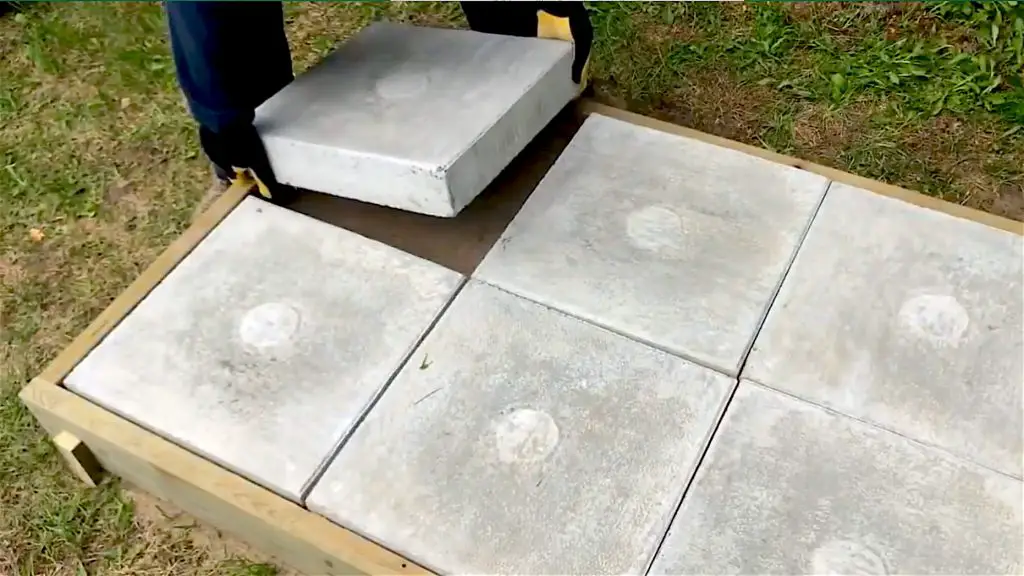
- Reading Time = 4 minutes
- Video Watch Time = 11 minutes
A number of years ago, some Toronto relatives of mine experienced an extended power outage over Christmas, and like many people in their area of the city they ended up being forced to move into a hotel during the holiday season as thousands of homes sat dark and cold for days before power came back on. It’s realities like these that are prompting more and more people to take personal responsibility for backup electric power using home standby generators – a technology that continues to improve.
If the idea of having reliable, uninterrupted, hassle-free sources of large amounts of backup power for your home, business or cottage during a blackout is attractive to you, then a home standby generator (HSB) is definitely worth considering. This is especially true now, as one major technical advancement means that leading HSBs can now power more items while also being smaller and less expensive to install.
Home Standby Generators 101
Stationary home standby generators are fuel-powered devices that switch themselves ON automatically whenever the grid goes down, then OFF again when grid power comes back, delivering a constant supply of electricity with just a short delay of several seconds while the engine of the HSB fires up. You can learn all about how they work in the video below.
Powered by either propane or natural gas, these units never need refilling with liquid fuel. As you may have notice, more and more people are investing in HSBs these days because this mature and proven technology works well and delivers critical electricity even if you’re not awake or at home when you need it. But to choose a model wisely, you need to understand some basics.
Choosing a Home Standby Generator
Other than brand reputation and local dealer support, the amount of power you need is the main thing to consider when choosing an HSB. Something called “kilowatts” (kW) is the yardstick of power output when considering an HSB or any generator, and you’d be wise to understand the numbers involved.
Think of it this way . . . a 22 kW model delivers roughly the same amount of power as a 100 amp electrical panel connected to the grid. That’s enough for most homes without extensive electric heat, but something new called “load management modules” let you extend this power to handle more items than previously possible. More on this later in the article.
Many HSBs are designed to sit on a layer of crushed stone on the ground, but at my place I prefer something more substantial. Below you can see the support pad I built from foundation slabs set within a foundation grade wooden frame, with sand into the frame to support and level the slabs. Video below.

Click below to watch a video of me building this generator pad.
Smart Load Management
Let’s say you’re ready to cook supper on your electric range and your HSB is close to maxed out powering other things. With load management modules in place, your system might automatically shut down the water heater temporarily while the stove is on, then back to the water heater again when the stove is off. This automated juggling act is possible with other high-draw electric items such as air conditioning, a clothes dryer, or electric heat. Whatever makes sense in your situation. Configuration of the system determines which items take precedence over others. It’s like having a much larger generator than you actually do.
Since smart load management is relatively new, not all HSB brands offer it. I’m upgrading to a 22 kW Champion aXis model at my house with five load control modules. This is also possible with their aXis 14 kW model.
Worry-Free Power
Do you want backup power to kick in whether you’re at home or not? Perhaps you travel for extended periods and worry about the furnace, sump pump, fridge, freezer and security system continuing to work during an outage while you’re away? Maybe you have a medical condition that requires essential equipment remain operational no matter how long an outage persists? Or perhaps you simply don’t want the hassle of pulling a portable generator out of the garage, connecting it, firing it up, then keeping it topped up with fresh gasoline from a can during an outage?
All of these reasons and more are why HSBs keep popping up in backyards everywhere.
 Did you find this article and video useful? I hope so. Please consider helping me cover the cost of creating and publishing content like this. Click the “buy me a coffee” button below for a fast, safe and simple way to make a contribution. Thank you very much for helping to keep this website up and running.
Did you find this article and video useful? I hope so. Please consider helping me cover the cost of creating and publishing content like this. Click the “buy me a coffee” button below for a fast, safe and simple way to make a contribution. Thank you very much for helping to keep this website up and running.
– Steve Maxwell



